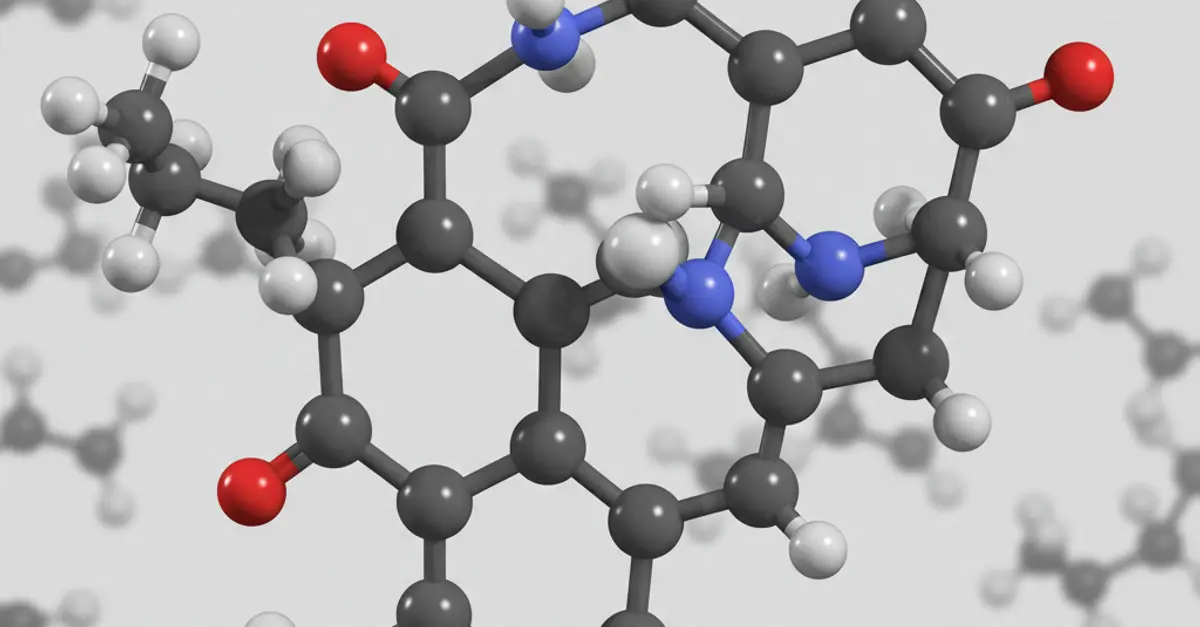Beyond the Pill: The Evolving World of Small Molecule Drugs

A small molecule drug is an organic compound with a low molecular weight (~ or < 900 Daltons) that can easily enter cells. Most targeted therapies are either small-molecule drugs or monoclonal antibodies. Unlike biologic drugs, which are complex molecules or cells from living organisms, small molecule drugs are simpler. They are typically taken orally but can also be administered as injectables, topicals or aerosols. Since the FDA approval of Aspirin in 1985 small molecule drugs have revolutionized healthcare, with their ability to penetrate cells easily and interact with specific biological targets, such as enzymes and receptors, making them powerful tools for treating a wide range of diseases, including cancer, autoimmune disorders, and infectious diseases.
For effective diffusion and access to the systemic vasculature, small molecules must be soluble in biological fluids, which limits the therapeutic use of poorly soluble molecules. Approximately 90% of preclinical drug candidates have low solubility, posing a significant challenge. To address low bioavailability, strategies have focused on enhancing drug solubility by modifying the local microenvironment, such as using pH modifiers for molecules with pH-dependent solubility. Other strategies involve altering the small molecules themselves to enhance their physicochemical properties for better solubilization, diffusion, or absorption.
Early research on small molecule drugs focused on understanding their movement through the body to optimize dosage and dosing regimens. This led to the development of controlled-release delivery systems, which aim to achieve predictable drug release over time using various mechanisms. These systems, such as osmotic release oral systems and transdermal patches, have improved drug efficacy, reduced side effects, and enhanced patient compliance. Nanoparticle and microparticle systems address solubility challenges, enhance targeted delivery, and reduce off-target effects. Approved for various uses, including cancer treatment and vaccination, nanoparticles benefit from improved understanding of their properties. Early research on poly(ethylene glycol) (PEG) coatings extended particle circulation and retention at tumor sites, leading to the FDA approval of PEGylated liposomal doxorubicin (Doxil) in 1995. These delivery systems are now widely used for small molecules and other therapeutic classes.
Between 2011 and 2021, a total of 62 new small molecule drugs have been approved by FDA against solid tumors.
A new class of anti-cancer therapy called the Antibody-Drug Conjugates (ADCs) uses antibodies to deliver potent cytotoxic compounds directly to tumor cells, to enhance chemotherapy effectiveness while reducing side effects. However, ADCs have high potential for immunogenicity due to their large structures, and high production and administration costs. Similar to ADCs, Small molecule drug conjugates (SMDc) have emerged as promising alternative with similar efficacy to ADCs but with key advantages such as non-immunogenicity, easy synthesis and low molecular weights that improve cell penetration in solid tumors. SMDCs replace monoclonal antibodies with small organic ligands that bind to tumor-specific antigens with high specificity. SMDCs accumulate at tumors, release potent drugs after linker cleavage, and kill cancer cells.
To increase the efficacy of SMDs at the tumor micro environment, especially targeting antigen negative tumor cells that are hard to treat with traditional CAR-T cell therapies, scientists have developed a strategy to combine cell therapy and pro drugs. A novel class of CAR-T cells that are programmed to activate systemically administered inactive prodrugs at tumor sites, called SEAKER cells (Synthetic Enzyme-Armed KillER), generate enzymes that activate the small molecule prodrug catalytically, in situ at a tumor site. A wide range of enzymes and prodrugs can be considered towards various therapeutic applications with this approach. Addressing challenges through innovative approaches, small molecule drugs are offering new hope for patients with unmet medical needs.
